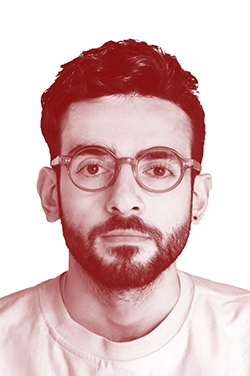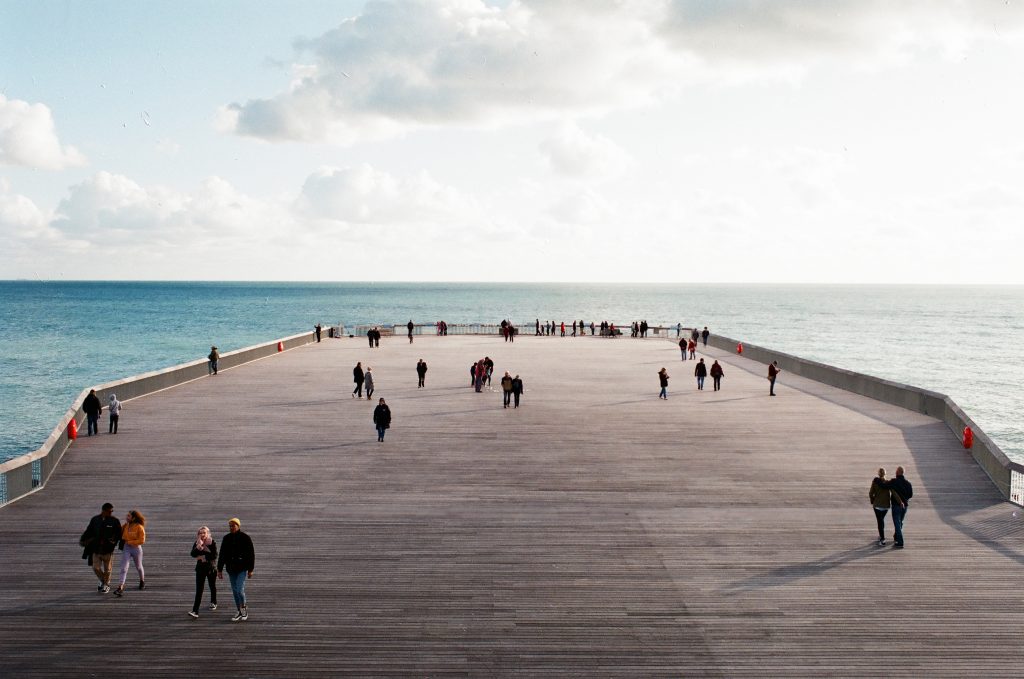Why this book?
As part of my Architectural Association research fellowship I have been working collaboratively with Jack Cardo and Zachary Mollica on material for a book about innovative timber buildings at Hooke Park. Our literature review within the AA Wood Lab has taken us from craft practice to emerging computational theory.
TEK is a new word, an acronym for Traditional Ecological Knowledge. The book emphasises that we need to recognise the innovation present in building techniques that have been developed by indigenous cultures. At a time when sustainability is paramount, the showcased projects document smart use of resource and working with what is available to you in the local context. The book is my generation’s ‘Architecture Without Architects’.
What did you enjoy about the book?
The best thing about this book is that the editors are giving opportunity to voices based in the places they are studying. There are direct translations from local researchers who have grass-roots experience in each context. It is hugely important to receive this information first-hand, to not have someone speak on behalf of the people involved in making these works of architecture.
The introduction by Wade Davies validates the book as an architectural tool. It makes the case that the change we need to see is not just about picking different materials in our specifications, it is more about adopting a different world view.
My favourite spread in the book shows a bridge that is being grown from living roots by The Khasis community in Meghalaya, India. It is a radical departure from our methods of construction, but it shows us that some foresight within a community can deliver truly regenerative infrastructure.













